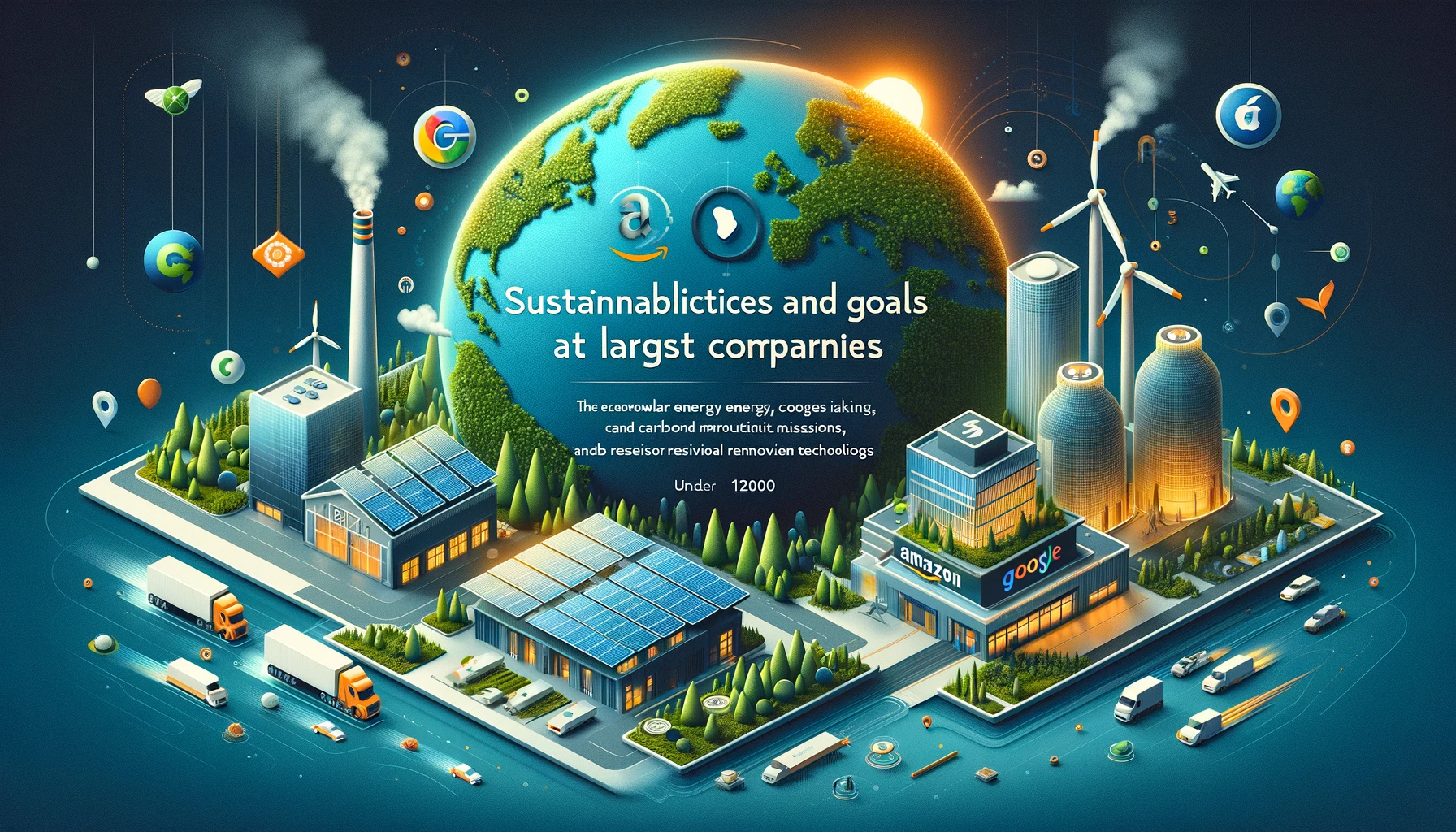Get Ready for a New Adventure!
Excitement is buzzing through the space community as NASA gears up for one of its most ambitious missions yet. Set to launch in July 2028, the Dragonfly mission will explore Saturn’s largest moon, Titan, with a budget of $3.35 billion. This isn’t just any space mission; it’s an adventure to a world unlike any other in our solar system, complete with weather, liquid surfaces, and maybe even the ingredients for life!
Why Titan?
Titan is a unique celestial body in our solar system. It’s the only place besides Earth where rain falls on the surface, filling lakes and flowing through rivers. But don’t expect water; on Titan, these are made of methane and ethane. Imagine flying over landscapes dotted with lakes, mesas, and dunes, all under a thick atmosphere that’s mostly nitrogen—sounds like something from a sci-fi movie, right?
What Makes Titan Special:
- Rich Atmosphere: About 98% nitrogen and a mix of methane.
- Liquid Bodies: Lakes and seas not of water, but of methane and ethane.
- Varied Terrain: Features everything from mountain ridges to wide valleys.
Dragonfly: More Than Just a Mission
Dragonfly is designed to do what no other mission has done before—fly a drone-like craft around Titan, exploring multiple locations every Titan day (equal to 16 Earth days). Here’s what Dragonfly aims to accomplish:
- Search for Life: It will look for signs of past or present life, exploring how life could exist in liquid hydrocarbons.
- Study Methane Cycles: Investigating the active methane cycle of Titan.
- Prebiotic Chemistry: Delve into the chemistry that could be the precursor to life right in Titan’s atmosphere and on its surface.
Spectacular Mission Expectations
Nicky Fox, the associate administrator of NASA’s Science Mission Directorate, expressed excitement about Dragonfly, highlighting it as a continuation of the innovative work seen in the Mars Helicopter, Ingenuity. Despite its experimental nature, Ingenuity outdid expectations and now, Dragonfly is poised to take that success even further.
Did You Know?
- Gravity Check: Titan’s gravity is only 14% of Earth’s, making it an ideal place for aerial exploration.
- Light Levels: Titan gets just 1% of the sunlight that Earth does, presenting unique challenges for solar-powered missions.
Bouncing Back from Challenges
Originally slated for a 2026 launch, Dragonfly faced setbacks due to the COVID pandemic, leading to a reevaluation and a new plan. Now, with a heavy-lift launch vehicle, Dragonfly is set to embark on its journey two years later but still arrive on schedule in 2034.
A Return to Titan
This won’t be humanity’s first glimpse of Titan. The Cassini mission, which orbited Saturn from 2004 to 2017, sent the Huygens probe to Titan in 2005. Huygens’ descent provided our first direct look at Titan’s intriguing surface and showed landscapes that remind us of Earth.
Mark Your Calendars!
Besides the thrilling prospect of the Dragonfly mission, July 2028 will also feature a long-duration total solar eclipse visible in Australia and New Zealand. It’s truly a month that space enthusiasts and sky watchers won’t want to miss!
So, stay tuned, because Titan awaits, and with it, answers to some of our biggest questions about life and the universe. Are you ready for what’s coming? Because it’s going to be a ride to remember!
















